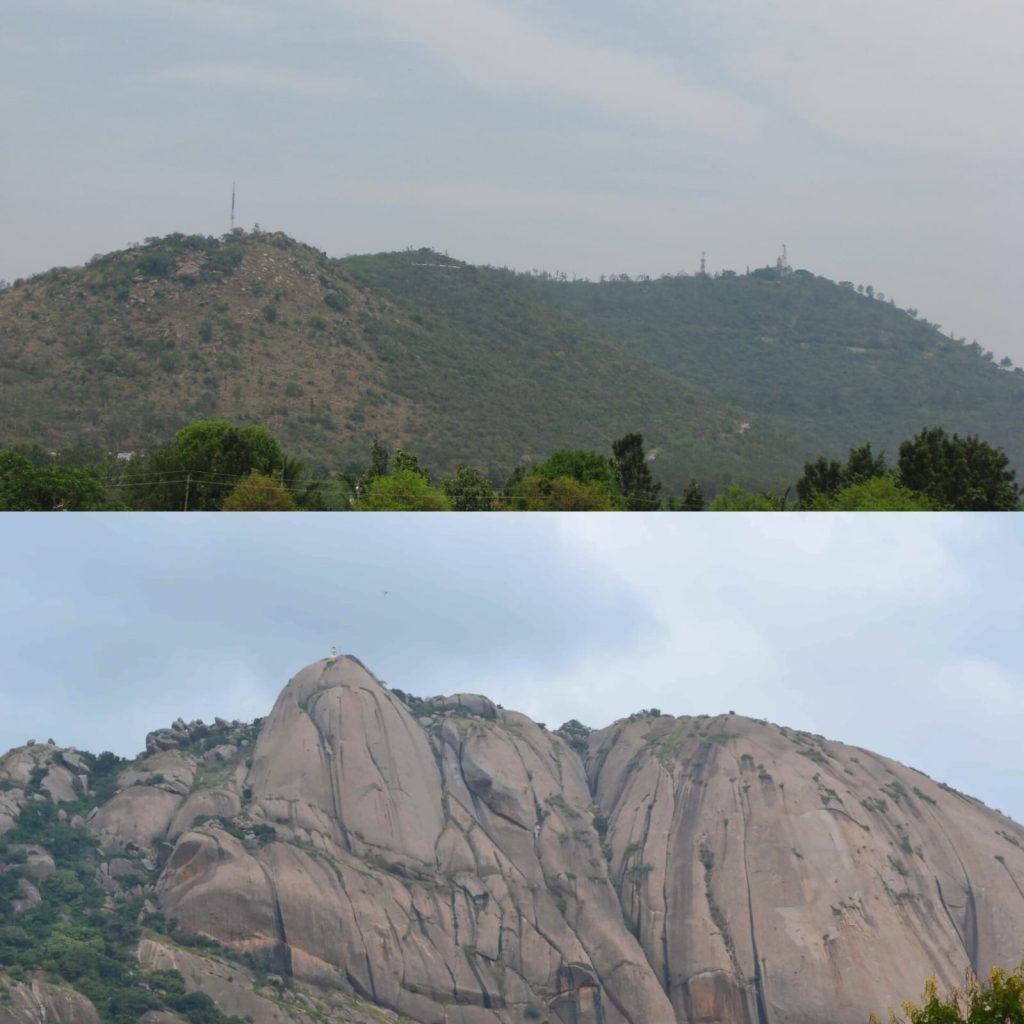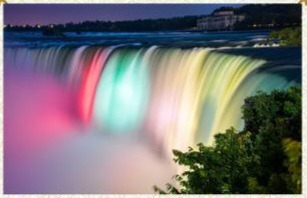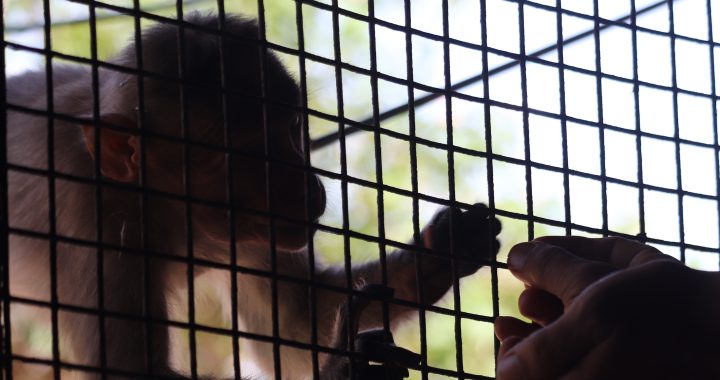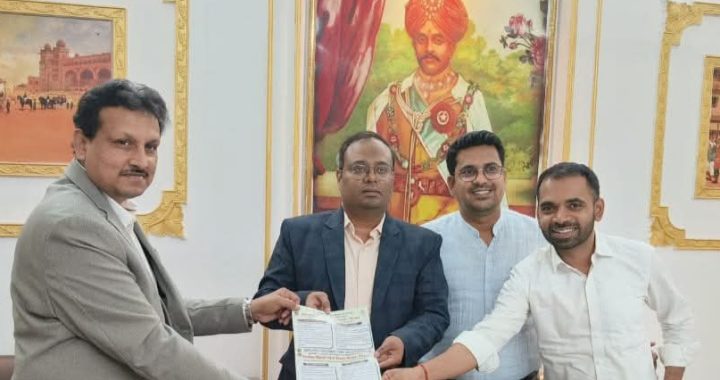Tales of Coexistence: An account of Savandurga and Chamundi Hill
5 min read
By Sahana Yelkur
Mysuru: Savandurga, known as “The Fort of Death” or “Savinadurga” off Magadi road in the west of Bengaluru, is one of the largest monoliths in Asia.
In the 18th century during the rule of Hyder Ali, a fort prison was located amongst its hills- it was said that fleeing from the prison was impossible, which is how it got its name. The monolith is inside the Savandurga state forest, which is also home to other notable places like Manchanabele Reservoir and Bidarakatte Mountain.
On the trekking trail, the green forest was
constantly in sight. This forest has records of the Indian Leopard in the terrain. An interesting aspect of the hill, contradictory to its name and deep history, is how it provides a
means of living to locals. At the base of the hill, one will be greeted with a wide array of food and refreshment establishments. My interaction with two small business owners suggested that most of their revenue is generated from the commercial activities at Savandurga.
In fact, a coconut water seller said that, during weekends and holidays, their revenue was higher than on weekdays. Local people are also trained and recruited by the Karnataka eco-tourism board providing them with a source of livelihood.
The Lakshmi Narasimha Swamy temple, Syed Gulam Hussain Shah Qadri Dargha and the
Savandi Veerabhadra Swamy temple, accompanied by the flower market, is also a major landmark at the base.These religious establishments at the base, bring a lot of character to the place and it was so great to see so many people from such diverse backgrounds, united by the natural force of a hill. This shows how tourism and peak visiting times affect the shopkeepers at Savandurga. There were many pilgrims at the temple and it was a sight to behold with the mammoth Savandurga in the background. There are three fort compounds at Savandurga. After the first fort, on the way to the second fort, there is a section with “Kudure Metlu” or “Horse Steps”. I found out that during the rule of Tipu Sultan, horses were brought up the hill to the fort, used by the senikaru. The steps were used for grip. At the third fort compound, there was a small water
tank, for storing water. The quality of water, presently, is not clean. It was also spellbinding to see an inscription of lord Hanuman on the hill.
At the summit of Savandurga, I felt like I was on top of the world. The nandi mandapa acts as a marker of the summit. The magnificent views from the summit are incomparable. On the way down, I could see two black kites very close, which was another highlight. Savandurga, therefore, is a unique spot offering something for every history, religion, and adventure enthusiast resulting in locals having the way of life that they do.
The Chamundi Betta is another hill, located 13 kilometres from Mysuru. It is a great example of a landscape filled with scenic beauty and cultural presence. It is known for the Chamudeshwari Temple at the summit. The whole trail is filled with pilgrims and trekkers, making the hill a special place where many diverse people intersect.
Legend says that the Goddess Durga (Chamundeshwari) killed Mahishasura, a demon king who ruled the hill, on Chamundi Betta. This was why the place came to be known as Mahishooru and was then changed by the British to Mysore and then to Mysuru.
The shrine of the Chamudeshwari temple was built in the 12th century during the rule of the
Hoysala Dynasty. The main tower was thought to be built in the 17th century during the rule of the Vijayanagara Empire. The 1008-step staircase was built in 1659.
There are two ways to reach the top of the Chamundi Betta – through a road or using the steps. The steps trail has 1008 steps to reach the summit. Each step has been marked with vermillion (kumkuma) and turmeric powder, which is a religious practice in holy mountains. There are also a couple of small mandaps on the trail. A small diversion from the path leads to a magnificent viewpoint, with an aerial view of the city of Mysuru. On the trekking trail, there were many
types of trees. An interesting fact is that all of these florae were labelled with both their
common name and scientific name. There were trees on both sides. There were also quotes on stands that talked about eco-friendly practices, to encourage people to respect nature and not litter on the trail.
The epicentre of attraction and attention at the summit is the gopuram (temple tower) of the Chamundeshwari temple. The interior of the temple is made of stone, which provides a cooling effect even in harsh temperatures. My darshanam at the temple was a very spiritual
experience.
All around the Chamundeshwari temple are many different markets. There is a flower market right in front of the temple, selling flowers and pooja (ritual) items. Every market feels like a different world. They feel never-ending because the markets stretch very long.
I was, in fact, very astonished looking at the diverse products sold on top of a hill. There are also many food and refreshment stalls.
My interaction with a flower seller was very useful and interesting. I understood how they have heen on the hill for many years depending on the inflow of pilgrims and trekkers for their livelihoods.
Chamundi Betta is shaped by religious presence, in the form of the temple, small mandaps and pilgrims. The market establishments make the hill – busy, lively, and full of culture. This experience taught me a lot about the coexistence of humans and nature. It is for these kinds of experiences that one should go to the mountains. It feels like entering a new world full of life.
(Sahana Yelkur is a student intern at Azim Premji University. This work was conducted as part of Mountains of Life, a large climate change festival being organized by the University. The views and opinions expressed in this article are those of the author and do not necessarily reflect the views or positions of the organisation they represent.)
– Team Mysoorunews







